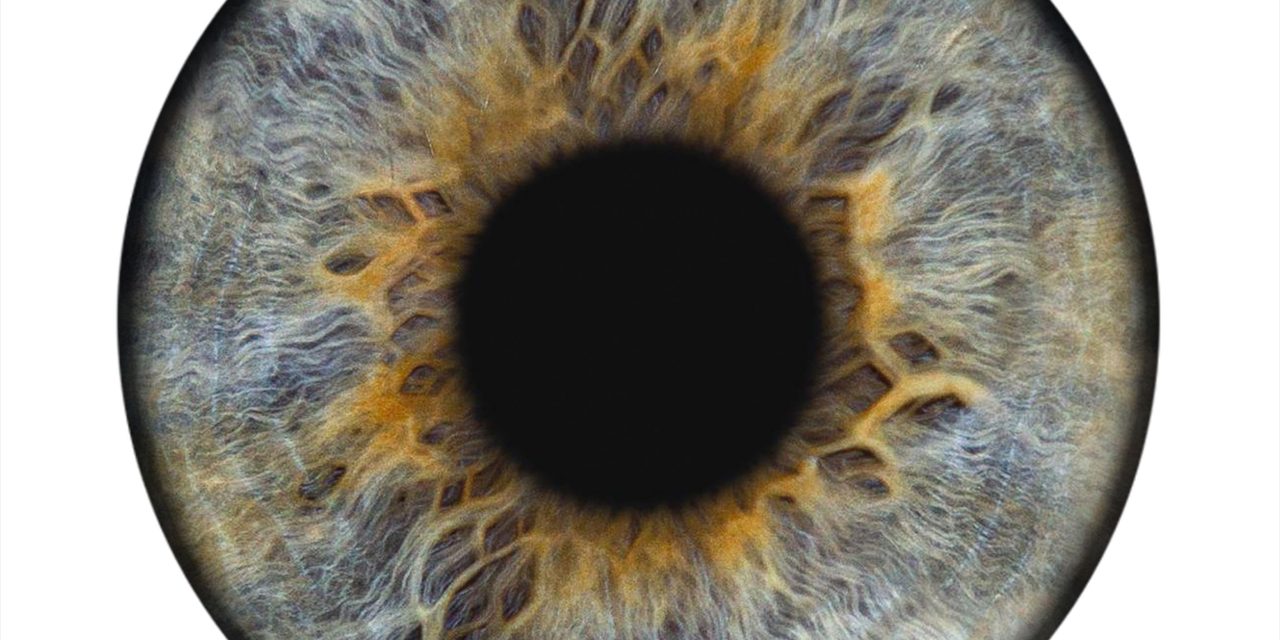Visual diseases are the fifth more frequent cause of labour permanent disability, what represents 4% of the total of them. In order to assess these cases we must take into account on one hand the visual requirements of each profession, and on the other hand the visual functional impairments that the worker is suffering. Special attention must be paid to situations of legal blindness and low vision, as a cause of serious disabilities. Despite the importance of the matter, we have hardly found any reviews about it in the consulted bibliography.
We have carried out a retrospective research of 321 disability claims due to ocular causes, assessed at the Ophthalmology Section of the Forensic Medical Clinic of Madrid, in the last 18 years. They account for 3% of the total disability claims raised in our field.
The most frequent professions involved have been administrative services, construction, hotel workers, cleaning and professional drivers. In 90% of cases these professional activities had medium or low visual requirements. The plaintiff in 40% of cases was unemployed. The most frequent visual pathologies we found out were myopic complications (especially myopic maculopathy) 17%, and eye trauma (16%). To a lesser extent: retinal detachment (12%), optic neuritis (7%), glaucoma (6%), diabetic retinopathy (6%), pigmentary retinitis (4%), non-myopic maculopathies (2%) and melanomas (2%). In 23% of cases no significant visual limitation was found (it was lower than 33%). Out of these, 9% were diagnosed as NOVL (non-organic visual loss), 3% of them being very obvious cases of simulation.
In 82% of the cases the expert’s report pointed out a significant global (visual and non-visual) functional limitation (greater than 33%) of their work capacity. In the previous administrative phase of all these cases the recognition fo disability had not been granted. From the results obtained it turns out the importance of an ophthalmologist acting as an expert in this type of demands.
Copyright © 2020 Sociedad Española de Oftalmología. Publicado por Elsevier España, S.L.U. All rights reserved.
Permanent Visual Work Disabilities


